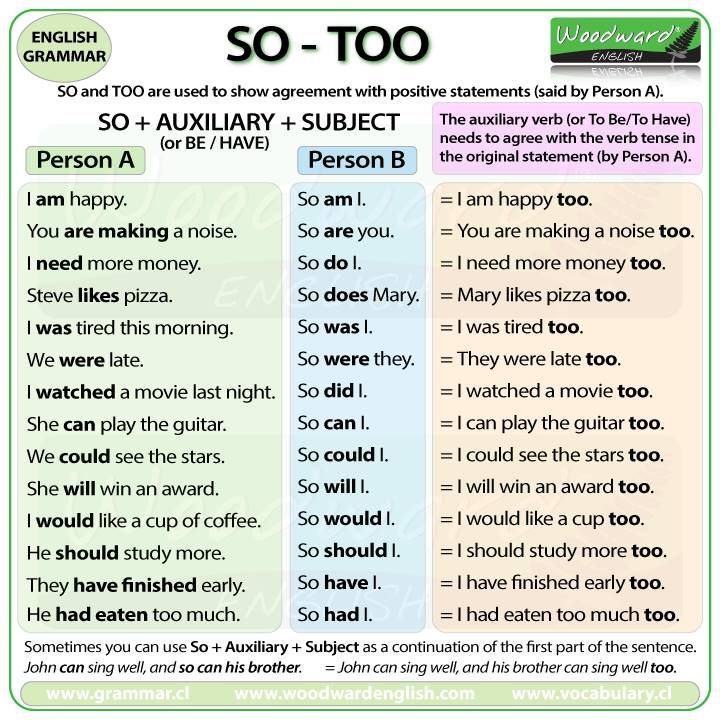Understanding proper tire maintenance, selection, and safety starts with knowing the basics. Why are tires important? How do I choose the right set for my vehicle?
Tires are a driver’s first and only contact with the road, transferring actions such as steering, braking, accelerating, and turning. They are specifically chosen for each vehicle, making tires one of the most important safety features on a vehicle.
SCHEDULE SERVICE
VIEW TIRE OFFERS
Tires are made up of many different parts, and it’s important to understand how they work.
Rubber-coated layers of steel, fiberglass, rayon, and other materials located between the tread and plies, crisscrossing at angles, hold the plies in place. Belts provide resistance to punctures and help treads stay flat and in contact with the road.
This is the innermost layer of a tubeless tire that prevents air from penetrating the tire.
A rubber-coated loop of high-strength steel cable that allows a tire to stay "seated" on a rim.
Sipes are special treads within the tread that improve traction on wet, dirty, sandy, or snowy road surfaces.
The portion of the tire that comes in contact with the road.
The spaces between two adjacent tread ribs are also called tread grooves. These allow water to escape effectively.
The outer edge of the tread that wraps into the sidewall area.
The sidewall of the tire protects cord plies and features tire markings and information such as tire size and type.
This is the tire itself, made up of several layers of plies. Plies, like polyester cord, run perpendicular to the tire's tread and are coated with rubber to help bond with other plies and belts to seal in air. Plies give tires strength and resistance to road damage.
Whether it’s purchasing new tires or installing a transmission, make sure to explore our latest service offers and rebates.
VIEW OFFERS
Scheduling service is quick and easy. Make your next appointment online by locating a Certified Service dealer near you.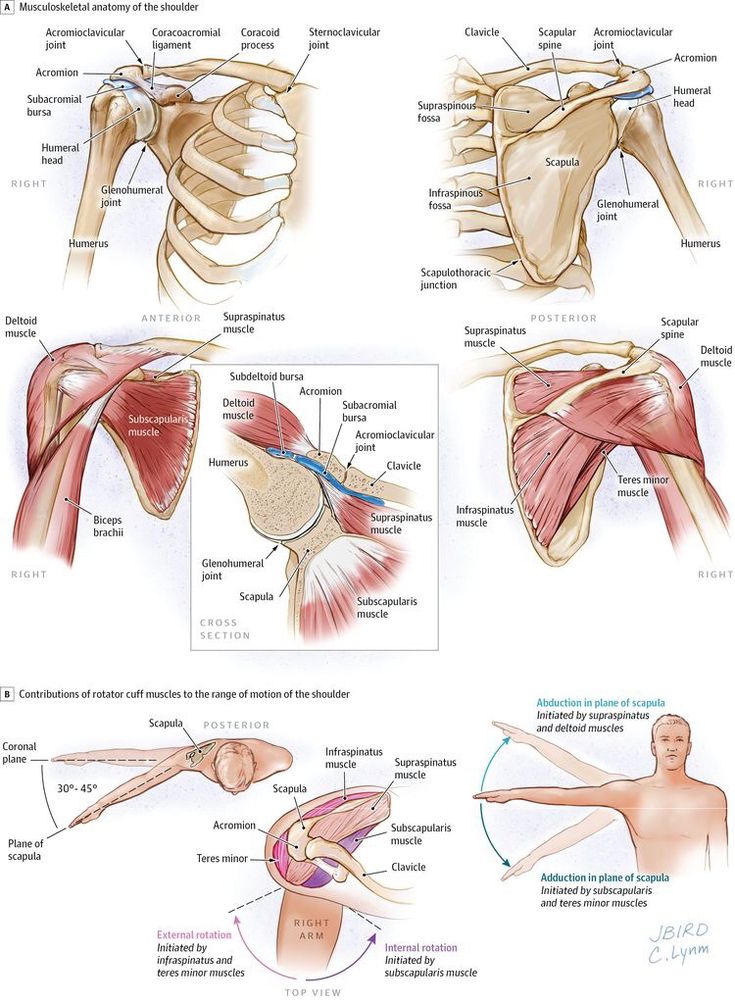
SCHEDULE ONLINE
It’s important to select the right set. Find the proper tires that match your vehicle by using our Tire Finder tool.
FIND TIRE PRICING
Jump to: Sample Photos | Frequently Asked Questions
The Crown is the center tread area of the tire and includes all of the large grooves/water channels that run along the circumference of the tire. However, the crown does not include the outermost tread block of the tire.
The Shoulder is the area where the tread and sidewall meet, including the tread blocks nearest the side of the tire (beginning outside the outermost water channel) and the area transitioning to the side of the tire where tread grooves are still visible.
The Sidewall is the "smooth", vertical area on the side of the tire between the edge of the tread and the bead of the tire, which does not include any area where tread grooves are still visible.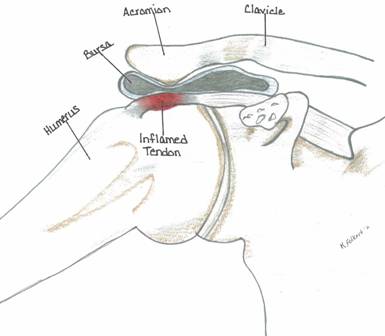
The Bead is area of the tire that holds the tire in place on the rim of the wheel.
Repairable Areas of the Tire: While some tires, facilities, or other websites may say that other areas of a tire can be repaired, the CROWN is the only area of the tire that may be repaired as far as Sonsio's programs are concerned (as indicated in green in the diagram and sample photos).
Back to Top
Frequently Asked Questions:
Q: If the damage is in the outermost water channel, is it in the crown or the shoulder of the tire?
A: The CROWN of the tire.
Q: If the damage is on the inner edge of the last tread block just before the outermost water channel, is it in the crown or the shoulder of the tire?
A: The SHOULDER of the tire.
Q: If the damage is in the curved area of the outer tread block where the grooves are still visible on the side of the tire, is it in the shoulder or the sidewall of the tire?
A: The SHOULDER of the tire.
Q: If the damage is in the "smooth"/vertical area on the side of the tire, is it in the shoulder or the sidewall of the tire?
A: The SIDEWALL of the tire.
Q: Is the shoulder of the tire repairable if my tire or repair facility says it's okay?
A: While some tires, facilities, or other websites may say that other areas of a tire (like the shoulder) can be repaired, the CROWN is the only area of the tire that may be repaired as far as the Terms & Conditions of Sonsio's programs are concerned.
Back to Top
Other Related Webpages:
***DISCLAIMER: While this webpage can be informative about topics that are related to tire claims, this is intended to act as a general guide for informational purposes only.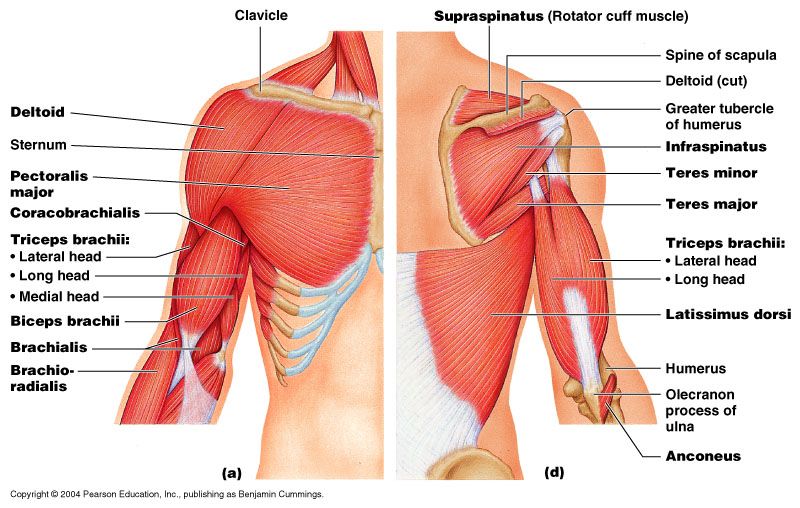 Final claim determination will ultimately rest with Sonsio personnel who will carefully evaluate each claim on an individual basis.***
Final claim determination will ultimately rest with Sonsio personnel who will carefully evaluate each claim on an individual basis.***
This webpage contains content that is based on the Tire Industry Assocation (TIA) Passenger & Light Truck Tire Conditions Manual, 2005 Edition.
The choice of tires for a vehicle is very important. To do it right, you need to know the car tire device. If you properly shoe your "iron horse", then he will ride briskly. So let's look at the tire inside and out.
Tire quality is of the utmost importance both in winter and summer
Contents
Outside, car rubber is divided into the following elements:
Before going off-road, part of the air is bled from the tire. Because of this, the area of the contact zone of the tread pattern increases (expands). As a result, the side pattern "slides" down and becomes part of the main tread. In extreme circles, they say that the tire “flattens”, changes its shape. And the more flattened the tire, the better it is for overcoming off-road.
As a result, the side pattern "slides" down and becomes part of the main tread. In extreme circles, they say that the tire “flattens”, changes its shape. And the more flattened the tire, the better it is for overcoming off-road.
Now consider the layered structure of the car ramp.
Several types of polymer fibers (lavsan or capron) can be used as the base material for the cord. In the production of a tire carcass, a metal cord can also be used. It is made of steel thread, topped with a layer of brass. It is from the frame that the reliability, strength and durability of the design of the entire tire depends.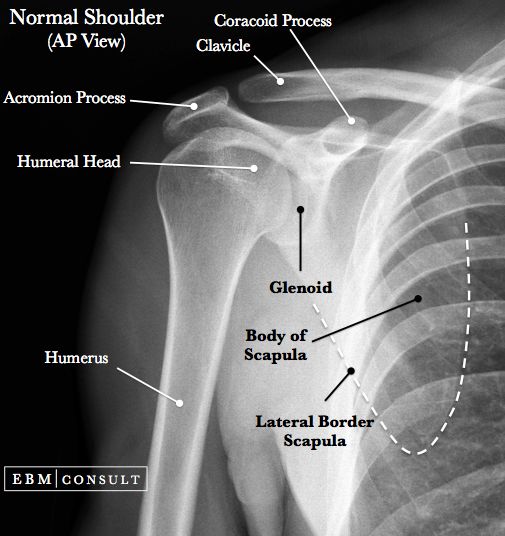 Such characteristics are provided to the tire due to the structural features of the cord itself and the layers that border it.
Such characteristics are provided to the tire due to the structural features of the cord itself and the layers that border it.
The threads are separated by the rubber layer of their coating. At the same time, the fibers and cords are interconnected due to the close fit between them. And the squeegee layer protects the cord from moisture and prevents the metal threads from fraying. In addition, the rubber part of the carcass provides strength as well as elasticity to the entire tire.
Depending on the direction of the cord threads, there are two types of tires: radial and diagonal.
Quality tires last for many seasons
Car tire device with threads directed radially is the most common. In such tires, the cord threads are arranged radially, that is, parallel to each other. Due to this arrangement, minimal interaction of the layers and fibers of the cord is ensured. Due to this, the voltage level of the cord directed radially is several times less. Therefore, the thickness of the cord layer and the entire frame in the radial type slope is less.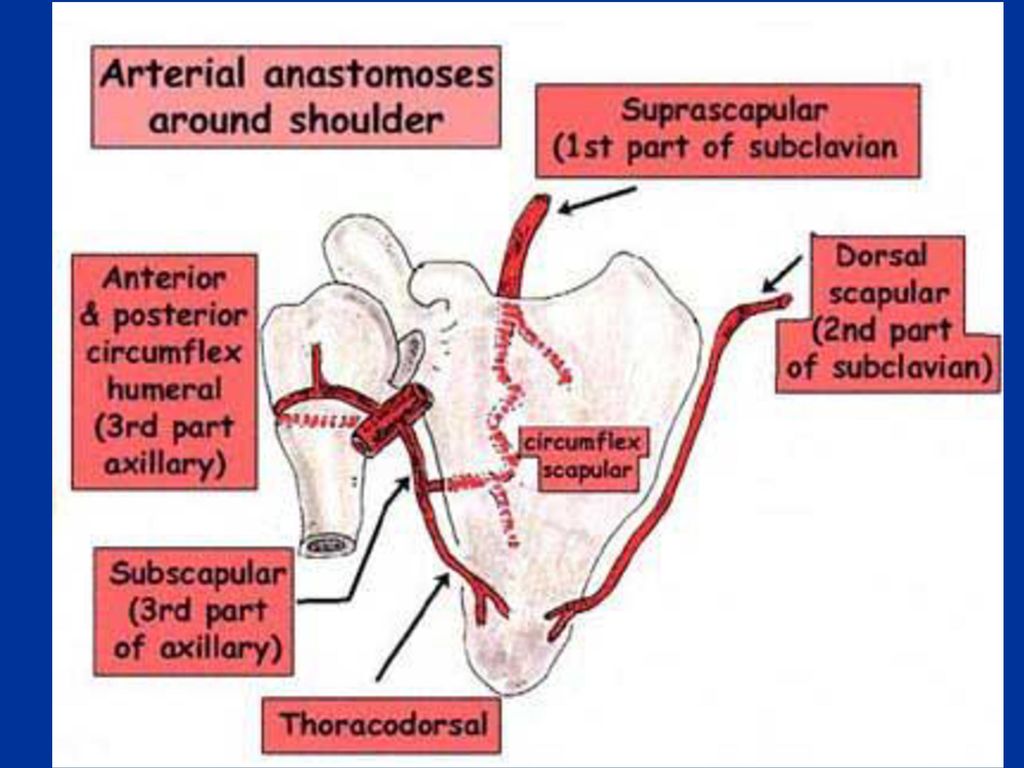
Skews with a diagonal direction of the threads are characterized by a different construction of the carcass layer. In it, the cord threads overlap at an angle of a certain degree. The diagonal tire is always made of a pair of cord layers. Its threads are located at an angle of about 50 degrees.
This structure and alternation of layers allows the breaker to be elastic and easily change its shape. When pressing on it, the surface bends due to the relative movement of the cord threads. And high elasticity is provided by rubber layers and partially by the elasticity of the steel cord.
The device of a car tire without a breaker is not possible.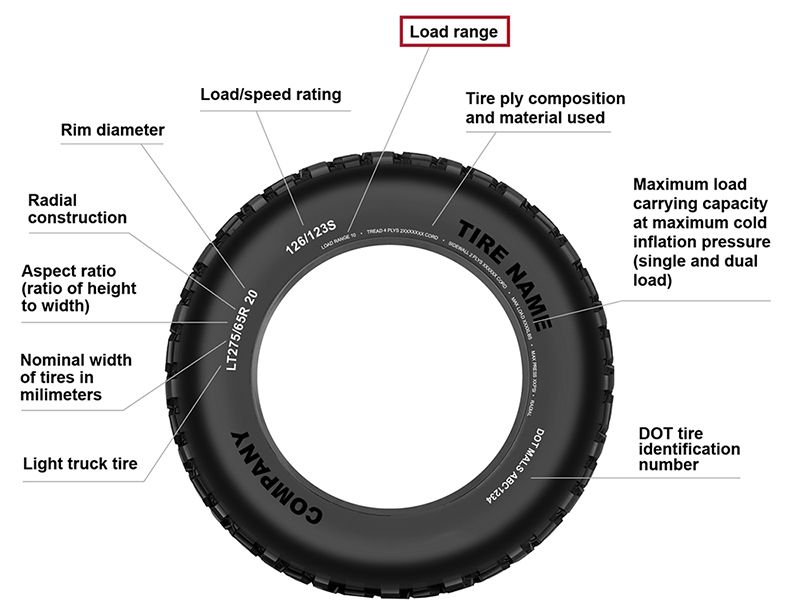 It is an intermediate link between a rigid carcass and a soft tread. Therefore, it partly enhances the softness of the outer layer, but at the same time weakens the excessive rigidity of the inner core of the tire.
It is an intermediate link between a rigid carcass and a soft tread. Therefore, it partly enhances the softness of the outer layer, but at the same time weakens the excessive rigidity of the inner core of the tire.
Thanks to the breaker, the ramp can withstand high mechanical impacts that occur on the tread surface. Due to the cord located under it, the energy from a wheel strike is distributed evenly over the entire surface of the tire and is quickly extinguished.
The first car ramps were made from natural rubber. Then it was completely replaced with artificial rubber. Today, many tire manufacturers keep the composition of the rubber material a secret from competitors. But basically it is a mixture of synthetic rubber and natural rubber with the addition of various ingredients that affect the physical properties of rubber.
What is the difference between tube and tubeless tires
Tubeless tires, which are very different from the tube type, are a separate class of automotive rubber.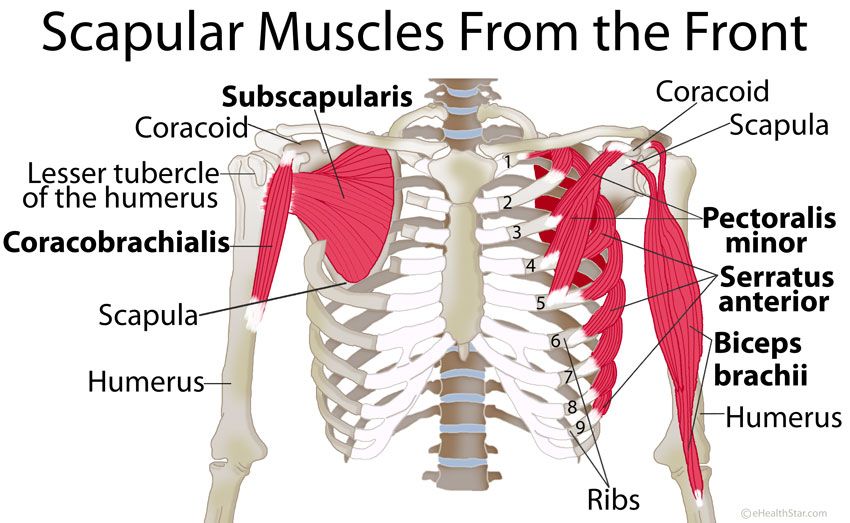 In them, air is pumped into the cavity formed between the inner surface of the slope and the disk. The surface of the tire from the inside is provided with an additional insulating layer. It consists of finely porous rubber with a high level of gas impermeability. In modern tubeless models, this layer also has high astringent properties. Due to this, the puncture hole does not remain open, but is “knitted” (closed) with a special substance of this layer. The resource of walking a tire with such a “patch” is several hundred kilometers. In addition, such a layer increases the safety of the car on such rubber.
In them, air is pumped into the cavity formed between the inner surface of the slope and the disk. The surface of the tire from the inside is provided with an additional insulating layer. It consists of finely porous rubber with a high level of gas impermeability. In modern tubeless models, this layer also has high astringent properties. Due to this, the puncture hole does not remain open, but is “knitted” (closed) with a special substance of this layer. The resource of walking a tire with such a “patch” is several hundred kilometers. In addition, such a layer increases the safety of the car on such rubber.
In tube-type rubber, if a large puncture occurs, the air will escape quickly and the tire pressure will drop rapidly. Due to the high pressure difference between the wheels when moving, the car will roll towards the punctured tire. In a tubeless etching of air and a sharp drop in pressure through the puncture hole is blocked due to the tightening of the hole with a binder.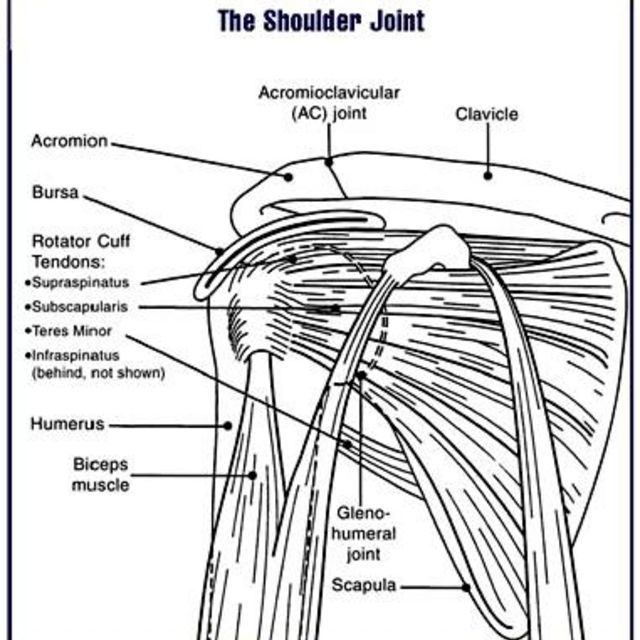
Now you know the arrangement of a car tire. Although this information is only basic, it will help you make the right choice when buying slippers for your car.
Pavel [therock9618]
03/12/2020, Views: 1198
Car tires are what directly connects your car with the road surface. Their main purpose is to ensure the contact of the car with the road, that is, to provide the maximum possible grip for safe movement. Initially, rubber was made from natural rubber oils, and later, in order to reduce the cost of production, natural components began to be replaced by synthetic ones. To give the rubber stability and additional strength, in its manufacture, a special frame is made, which is called a cord. Depending on the type of car tires (for cars or trucks), a cord of textile, polymer or metal threads is used. The tire itself has the following structure:
The tire itself has the following structure:
1 - tread
2 - shoulder part (tire shoulder)
3 - cord (carcass)
4 - side part (tire fender)
5 - breaker and additional cushion layer
6 -
shoulder area
7 - bead ring
8 - bead part
The cord, as I said, is the carcass of the tire, giving it shape and strength. For cars, SUVs and light trucks, a cord of textile or polymer threads is used, and for trucks - metal. Depending on the location of the cord threads relative to the tire bead, tires are divided into diagonal and radial. Bias tires have cords at an angle. And between adjacent layers of the cord, the threads intersect and work in tandem with each other. Due to this arrangement, the tire can be stretched in the longitudinal and transverse direction, which makes it elastic. In this case, the breaker, which is a dense layer of rubber that protects the cord, is usually very thin or absent altogether. These tires have a thick sidewall that protects the tire from deformation, punctures or cuts.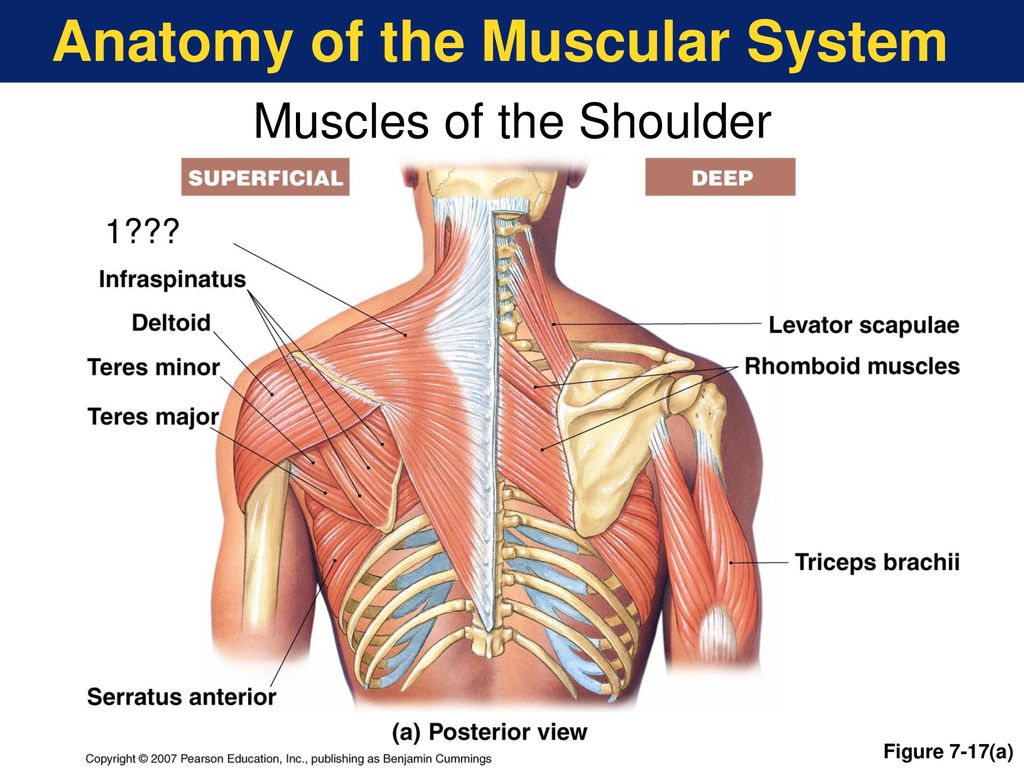 However, during movement, there is a change in the angles in the threads of adjacent frames, as a result of which a large amount of heat is released. To cool such tires, a design with high sidewalls is used.
However, during movement, there is a change in the angles in the threads of adjacent frames, as a result of which a large amount of heat is released. To cool such tires, a design with high sidewalls is used.
With radial tyres, the cord runs from one bead to the other. The difference is the cord of the sidewalls, which is made with a diagonal arrangement. Due to the radial arrangement of the carcass, the rubber cannot be strongly stretched in the transverse direction, and a breaker layer keeps them from longitudinal stretching (green in the photo). Thus, the stresses in the cords are much lower than in the bias tyres, so fewer plies are used, which in turn makes the tires lighter. Due to the smaller thickness of the cord, the rubber has less internal friction, namely, less heat generation, which in turn allows you to reduce the height of the side profile and make the tread pattern deeper.
Depending on the ratio between the height and width of the profile, tires are divided into full-profile with ratios (0. 7-0.85), low-profile (0.6-0.7) and ultra-low profile (less than 0.6). By reducing the height of the profile, good stability and controllability of the car on the road is achieved. The disadvantage of radial tires is increased sensitivity to road quality and vulnerability to deformation. Currently, radial tires have almost completely replaced bias tires.
7-0.85), low-profile (0.6-0.7) and ultra-low profile (less than 0.6). By reducing the height of the profile, good stability and controllability of the car on the road is achieved. The disadvantage of radial tires is increased sensitivity to road quality and vulnerability to deformation. Currently, radial tires have almost completely replaced bias tires.
Tires can also be divided into chamber tires, during the operation of which a chamber must be used, into which compressed air is pumped. And tubeless - a modern type of tire.
The tread is the most important part of the tire design. This is a kind of thick and hard rubber layer with a special pattern applied to it. Its performance characteristics depend on the tread pattern, namely, the quality of adhesion, directional stability, and handling on dry, wet, snowy and icy surfaces.
The entire area with the tread as a whole provides the area of contact between the tire and the road, or, as they say scientifically, the contact patch. The central rib 1 provides tire handling on dry road surfaces. In the center, you can see the groove, which is responsible for handling on wet surfaces. The side ribs 2 are responsible for the directional stability of the car, and the shoulder zone protector 3 provides an additional contact patch with the road (when the car is on wheels, the tire flattens out at the point of contact with the road and comes into contact with the asphalt even more). Drainage channels 4 allow you to remove water from the clutch when driving on wet asphalt, which improves directional stability and grip on wet roads. Sipes 5 improve the efficiency of water removal from the contact patch, improving handling and braking on wet roads (during braking, the tread blocks at the place of the sipes close and squeeze out water like a sponge, making the braking distance shorter).
The central rib 1 provides tire handling on dry road surfaces. In the center, you can see the groove, which is responsible for handling on wet surfaces. The side ribs 2 are responsible for the directional stability of the car, and the shoulder zone protector 3 provides an additional contact patch with the road (when the car is on wheels, the tire flattens out at the point of contact with the road and comes into contact with the asphalt even more). Drainage channels 4 allow you to remove water from the clutch when driving on wet asphalt, which improves directional stability and grip on wet roads. Sipes 5 improve the efficiency of water removal from the contact patch, improving handling and braking on wet roads (during braking, the tread blocks at the place of the sipes close and squeeze out water like a sponge, making the braking distance shorter).
According to the type of tread pattern, tires differ in:
1) Symmetrical - in which, if the wheel is divided in the center, the two halves have the same pattern. Tires with this pattern are the most common, have a low cost and have average performance. When mounted on a disc, it makes no difference which side to install the rubber.
Tires with this pattern are the most common, have a low cost and have average performance. When mounted on a disc, it makes no difference which side to install the rubber.
2) Asymmetric - in such a tire the tread is divided into the outer side, which is installed outward, and the inner side, which is installed inside. Both sides have a different tread pattern, and each plays a specific role. As a rule, the inner side has an open shoulder area to quickly drain water from the contact point and reduce the occurrence of hydroplaning (tire slip on wet surfaces). The outer side has a tread that provides the tire with rigidity, handling and stability on the road. Tires are often found on cars of medium and executive classes, they are distinguished by high cost and good performance. When mounting, pay attention to which side to install the tire on the disk.
3) Directional - these tires have a tread pattern that resembles the letter "V" and is directed downwards.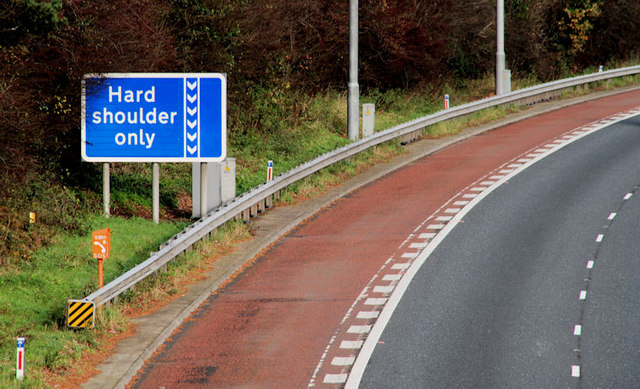 This type of tire is very efficient on wet roads, due to the directional pattern, which effectively removes water in both directions. In addition, there is excellent directional stability and handling on dry, and especially on wet surfaces. When mounting, the direction of the pattern must be taken into account.
This type of tire is very efficient on wet roads, due to the directional pattern, which effectively removes water in both directions. In addition, there is excellent directional stability and handling on dry, and especially on wet surfaces. When mounting, the direction of the pattern must be taken into account.
For certain seasons, there is a special type of tire. Thus, summer, winter and all-weather tires are distinguished, which have special properties for their season and their main difference is the material used and the tread pattern used.
Summer tires are usually used from the end of March to the end of October. They are characterized by the rigidity of rubber. Since the asphalt surface is hard, the hard rubber provides a snug fit for the tire and a larger contact patch. When driving on a dirt road, you can also observe good grip performance, but you should not accelerate too much and sharply, since the softer the ground, the worse the grip, handling and directional stability as well.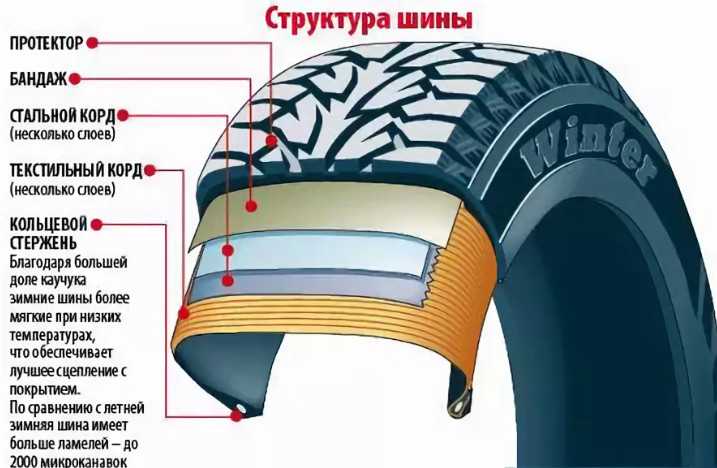 The warm season is characterized by rainy days, when the road can be not just wet, but also at this moment it can rain, which further aggravates the situation. To achieve good performance on wet roads, sipes and drainage channels are provided in the tread pattern, which remove water from the contact point and prevent hydroplaning. But movement on wet ground should be feared, especially when there is a puddle in the rut. Since the rubber is hard, in wet ground it will only dig in, and the car will “get stuck” in place.
The warm season is characterized by rainy days, when the road can be not just wet, but also at this moment it can rain, which further aggravates the situation. To achieve good performance on wet roads, sipes and drainage channels are provided in the tread pattern, which remove water from the contact point and prevent hydroplaning. But movement on wet ground should be feared, especially when there is a puddle in the rut. Since the rubber is hard, in wet ground it will only dig in, and the car will “get stuck” in place.
Winter tires are used from November to March and are intended for driving mainly on snow and ice. The main difference is a special tread pattern and the presence of special polymers in the composition of the rubber, which make it elastic. At low temperatures, the rubber hardens, which is not very good in winter, and the addition of polymers allows the rubber to remain elastic all the time. By the way, in terms of softness, winter tires are much softer than summer tires, it is not for nothing that the people also call it “Velcro”.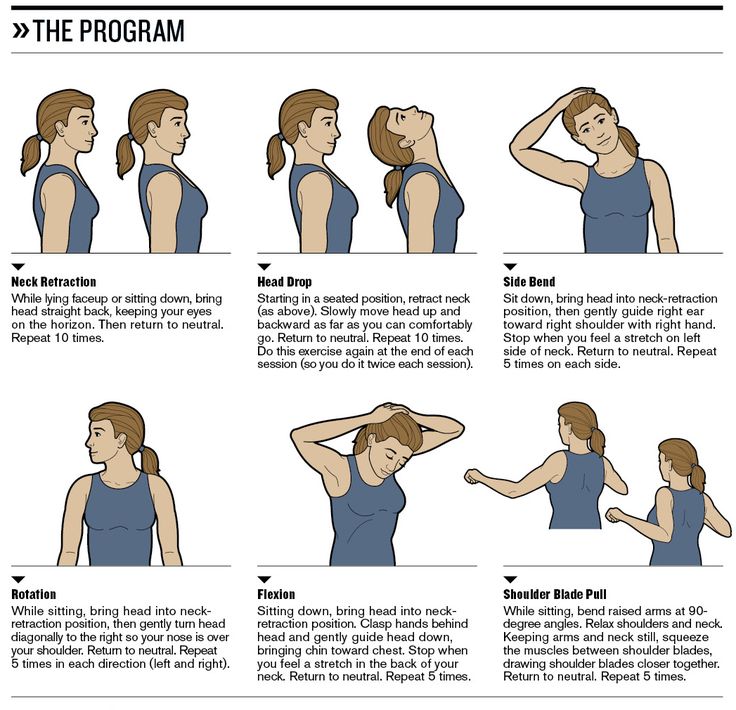 Just this very elasticity plays an important role when driving on snow and ice. As in the case of driving on wet ground, summer tires will “gnaw” it and thereby bury itself. And winter due to elasticity and softness will cling to the surface. Also when driving on snow. Due to the large number of wavy sipes (the main difference between winter tires), the tire clings to the snow, and the excess is removed from the tire. Also, the elasticity of winter tires shows itself well on ice, clinging to it and, as it were, “sticking”. The disadvantage of such rubber is that when driving on asphalt, the tread wears out a little faster, but in general the car behaves perfectly on any surface: dry, wet and snowy.
Just this very elasticity plays an important role when driving on snow and ice. As in the case of driving on wet ground, summer tires will “gnaw” it and thereby bury itself. And winter due to elasticity and softness will cling to the surface. Also when driving on snow. Due to the large number of wavy sipes (the main difference between winter tires), the tire clings to the snow, and the excess is removed from the tire. Also, the elasticity of winter tires shows itself well on ice, clinging to it and, as it were, “sticking”. The disadvantage of such rubber is that when driving on asphalt, the tread wears out a little faster, but in general the car behaves perfectly on any surface: dry, wet and snowy.
A separate type of winter tires - studded or "studded". It differs from Velcro only in the presence of metal spikes inserted into special grooves in the tread blocks. Such tires, according to manufacturers, behave well on ice, but I have little faith in this, since the spikes will only scratch the ice and cling to it to a lesser extent. The downside is the increased noise while driving, which is not surprising when driving on asphalt, an increase in the load on the steering tips, since when the wheel is turned, the tire constantly bites due to the spikes.
The downside is the increased noise while driving, which is not surprising when driving on asphalt, an increase in the load on the steering tips, since when the wheel is turned, the tire constantly bites due to the spikes.
My proven opinion about winter tires is to take Velcro with stud grooves. In fact, not every stud comes with studs, there is just such an option that I'm talking about - Velcro with grooves for the stud. The rubber around the groove is stiffer. This is done in order to keep the spike more secure. It is thanks to this that the rubber clings well to both ice and snow. Take it into service;)
All-weather tires deserve a separate topic for discussion. Its composition is designed in such a way as to keep average movement indicators all year round. It is softer than summer, almost the same as winter and also retains elasticity at low temperatures. The big minus is precisely the average indicators of movement on dry asphalt, on wet and snow.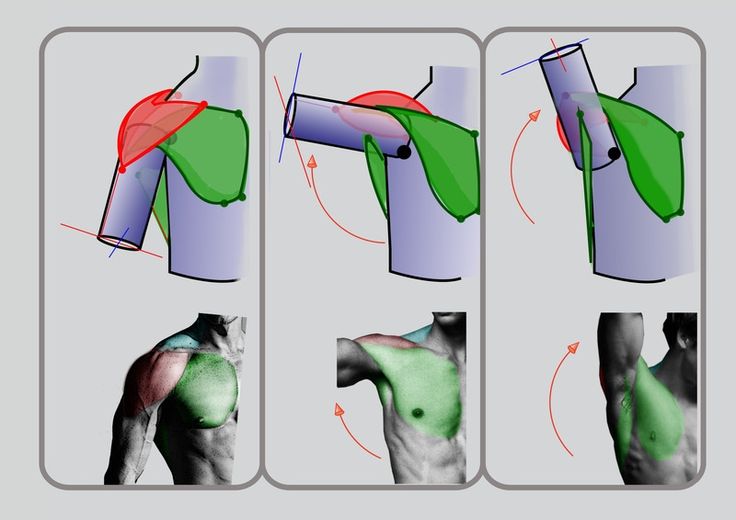 Personally, I am not a supporter of the all-season, but there is such a moment that the budget does not allow forking out for rubber for each season, I understand this. In this case, I advise you to pay attention only to a good and expensive all-season.
Personally, I am not a supporter of the all-season, but there is such a moment that the budget does not allow forking out for rubber for each season, I understand this. In this case, I advise you to pay attention only to a good and expensive all-season.
As you can see, these tires even have a pattern, say, average for that and for that season. What is most interesting, there are much more varieties of all-season tires than any other. Those who like to cut off-road use just all-weather tires. Manufacturers and produce tires specifically for off-road under the guise of all-weather tires. Just on hand elasticity and softness, which is very good for patency in the mud. A distinctive feature of the off-road all-season is its aggressive tread, with which it literally “bites” into the coating. And the lack of excessive rigidity, as on summer tires, does not allow the tire to dig in.
Tire marking contains a large number of designations, which will not be superfluous to know.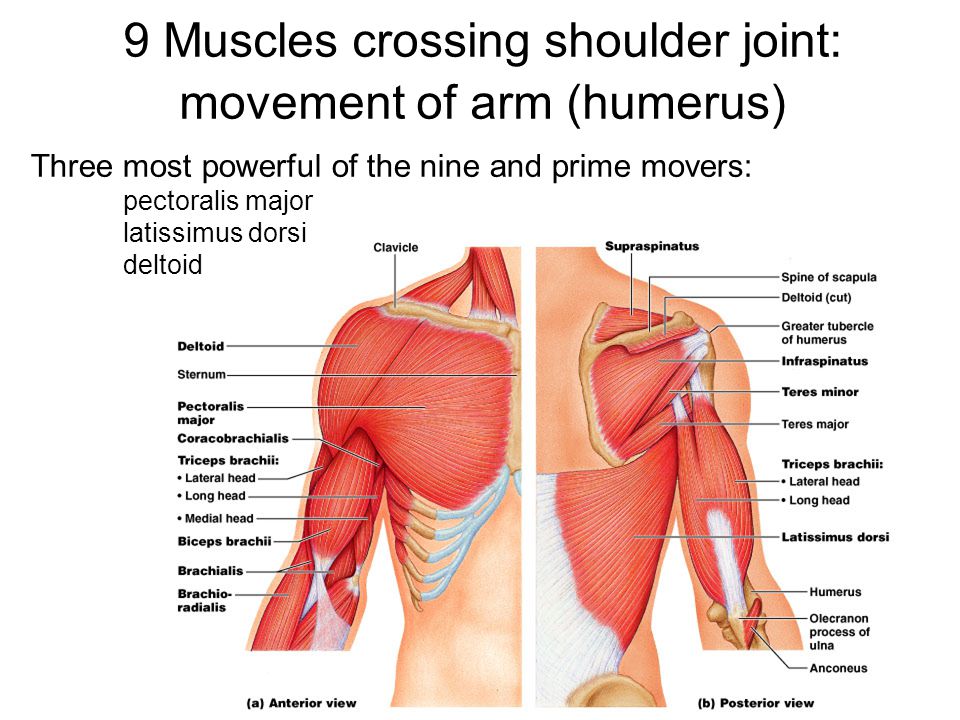 All designations are applied on the side surface. In addition to the brand name (manufacturer) and tire model, the main designation is the tire size. Consider the designation "205/55 / R16" as an example. The first number indicates the width of the tire, in this case 205 mm. Next, denotes the height of the profile - 55 mm. The last designation indicates the diameter of the rim for which the tire is intended. And the letter "R" itself means that the tire has a radial arrangement of the cord.
All designations are applied on the side surface. In addition to the brand name (manufacturer) and tire model, the main designation is the tire size. Consider the designation "205/55 / R16" as an example. The first number indicates the width of the tire, in this case 205 mm. Next, denotes the height of the profile - 55 mm. The last designation indicates the diameter of the rim for which the tire is intended. And the letter "R" itself means that the tire has a radial arrangement of the cord.
The size designation is duplicated closer to the tire bead, in small letters. At the end of the inscription there is an additional designation in the form of a number with a letter. In the photo below it is "89H". 89 is the load index per wheel in kilograms. Load indices are only from 1 to 129. According to the table, index 89 is equal to 580 kg per 1 wheel.
The letter "H" stands for speed index.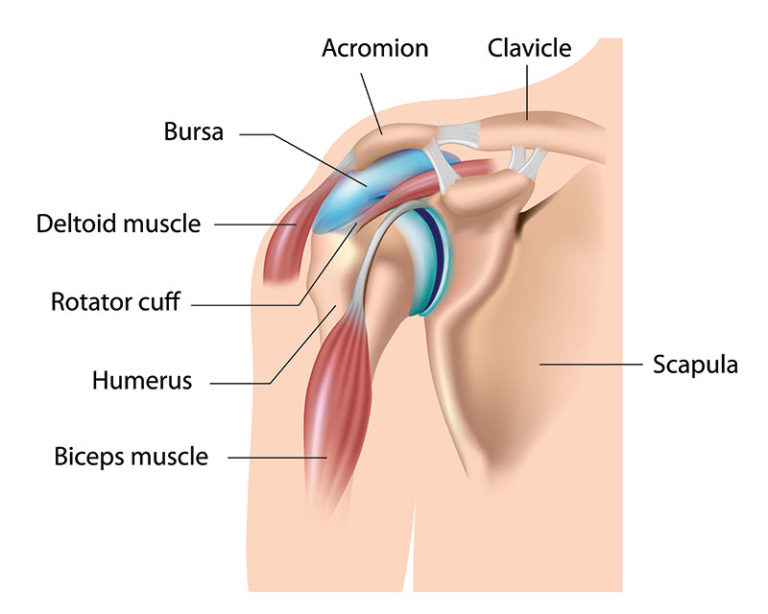 There are 16 of them. This index means 210 km / h - this is the maximum speed at which the tire can be operated.
There are 16 of them. This index means 210 km / h - this is the maximum speed at which the tire can be operated.
The rest of the information is supplementary. For example, you can find the designation "Radial", which also indicates a radial type tire.
